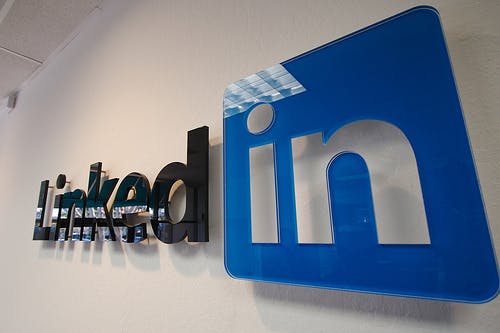By Eric B. Meyer
Your company has set up a private LinkedIn Group.
Your company, which controls who may become a member of the Group, has seen the number of Group members swell to nearly 700. Way to go! Because it’s a private group, the names of all of the group members are not generally available to the public.
Now, let’s say that the employee whom you have appointed to manage the LinkedIn Group — the one who knows all the passwords — up and leaves. And, of course, he doesn’t return the passwords. What can you do?
How about a lawsuit for misappropriation of trade secrets?
Could be theft of a trade secret
In a recent case filed in federal court (CDM Media USA, Inc. v. Robert Simms) in Illinois, the plaintiff-employer alleged that the identities of the members of its LinkedIn group constituted a trade secret. And, when the defendant-employee failed to return the Group password, he effectively misappropriated that trade secret.
In response, the plaintiff encouraged the Court to take judicial notice of LinkedIn’s terms and conditions. However, the court (in this opinion) allowed the plaintiff’s claim to survive the defendant’s motion to dismiss:
Defendant believes Count II should be dismissed because the Speakers Bureau LinkedIn group is not secret….Plaintiff does not claim the group’s existence to be secret—only its contents. More generally, too little is known about the contents, configuration, and function of the LinkedIn group at this time, to conclude as a matter of law that its list of members did not constitute a trade secret.”
How “secret” are the group members?
Out of curiosity, I visited the LinkedIn Group in this case (CIO Speaker Bureau), of which I am not a member. However, while the group is private (i.e., the Group manager must approve me before I can become a member), I was able to identify 10 people in my extended network who are members.
I also question how much value the identities of the Group members would have to the plaintiff. While some may be business prospects, to say that of all members would be a reach.
Another question I’d have as the fact finder is this: What is the vetting process the employer undertakes when a LinkedIn user requests to join the group. Is membership rubber-stamped? Or must the applicant meet certain criteria?
I suspect that, if this case makes it to summary judgment, I’ll have a follow-up post which addresses the “contents, configuration, and function of the LinkedIn group” which, according to the court, will help determine whether the identities of the members are a trade secret.
This was originally published on Eric B. Meyer’s blog, The Employer Handbook.
